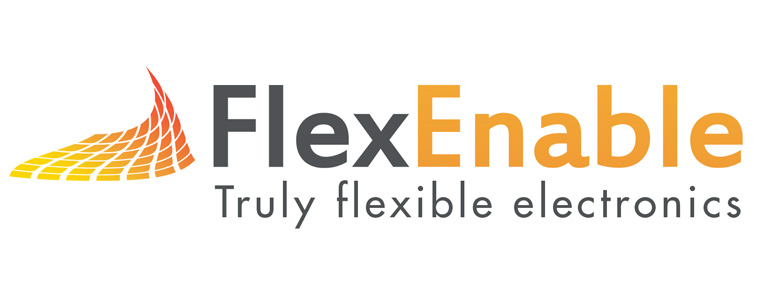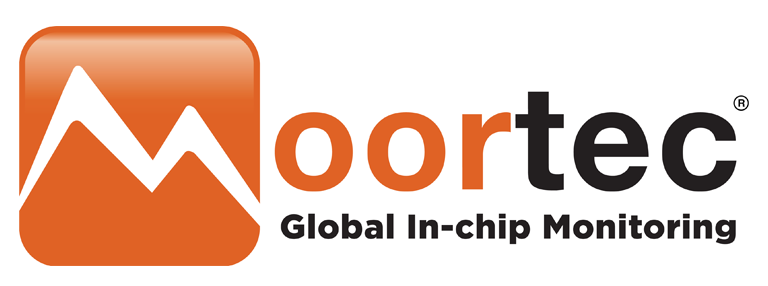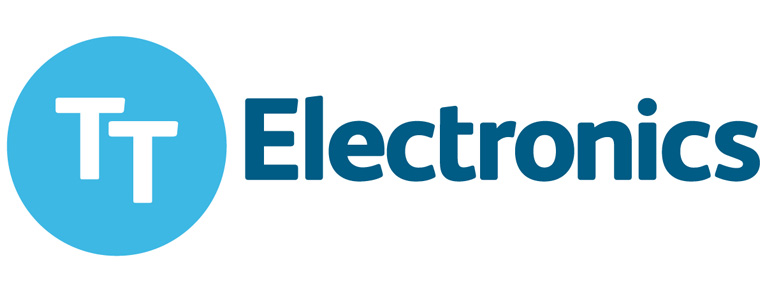Radar
Many nations helped develop Radar, but a team of UK engineers created a device called a Cavity Magnetron, which made it smaller, more efficient and more effective. Its ability to detect enemy aircraft made it critical to the success of the Battle of Britain and, ultimately, the Second World War.
It has become a fundamental way we investigate the world around us, measuring celestial bodies in space, the weather in the sky and the contents of the earth and the oceans. It gives us greater understanding of what is going on and can help predict what is going to happen.
Radar makes a ripple in the electromagnetic field and listens for the ripples that are reflected off of objects around it; it times those ripples, where they come from and how they have changed. Using this, radar can calculate information about objects, such as their position, size and what they are made of.











